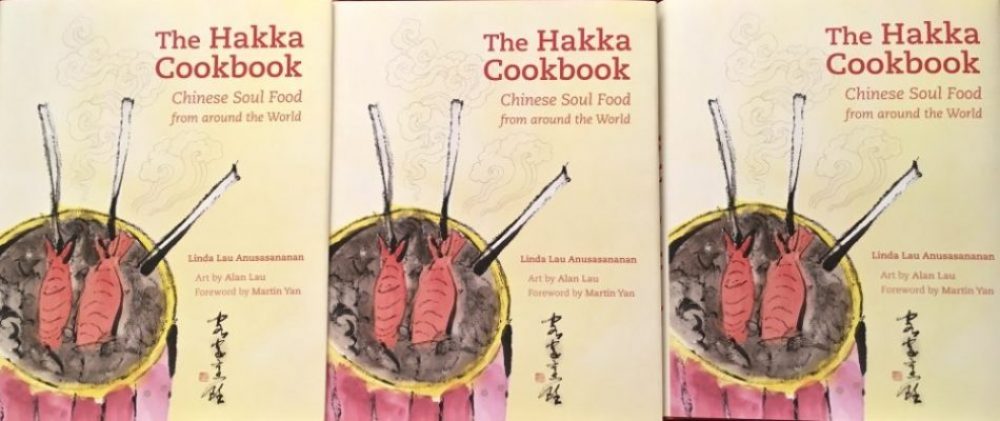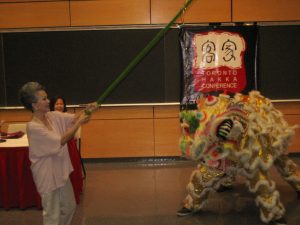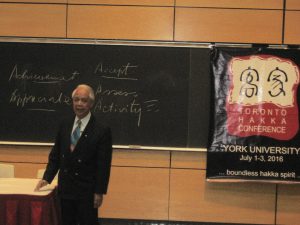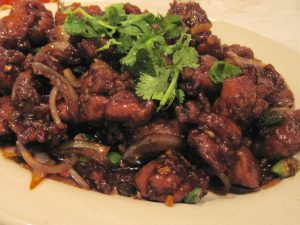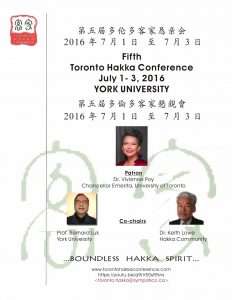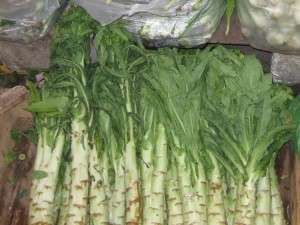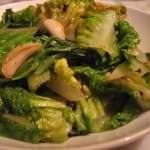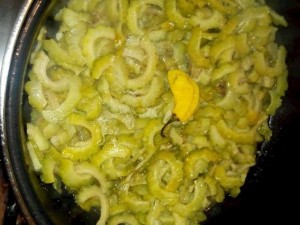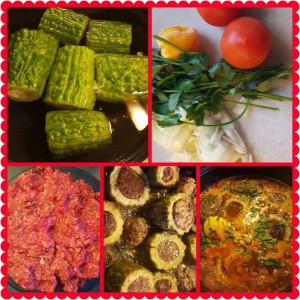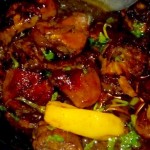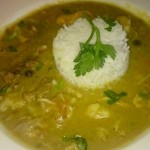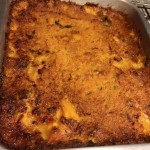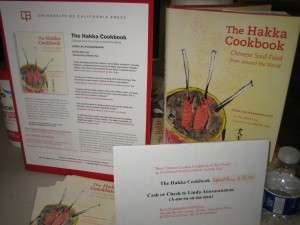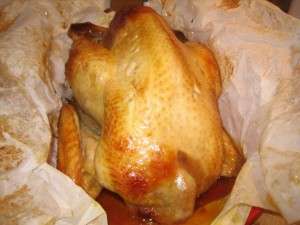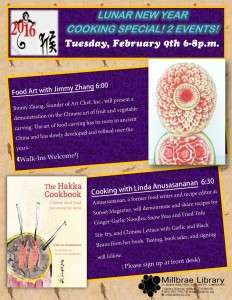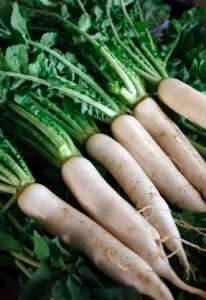 At the end of my talk at the Toronto Hakka Conference someone asked me if I had a recipe for Radish Dumplings (lo pet ban ???). She described it as a steamed dumpling filled with shredded daikon radish that her Hakka grandmother had made in Jamaica. She had been trying to recreate it. Unfortunately, I did not know this dumpling.
At the end of my talk at the Toronto Hakka Conference someone asked me if I had a recipe for Radish Dumplings (lo pet ban ???). She described it as a steamed dumpling filled with shredded daikon radish that her Hakka grandmother had made in Jamaica. She had been trying to recreate it. Unfortunately, I did not know this dumpling.
Later another new friend Sandra Lue, author of the The Sandy Food Chronicles, also asked me about the dumpling. She, too, tried to create the dumpling but had problems with the dumpling skin.
When she mentioned dumpling skin, I recalled that I did develop a recipe for a Hakka steamed dumpling I had seen in Singapore. I could not recall the filling but remember testing it many times but left it out of the final manuscript because I wasn’t sure if it was good enough. It was a long recipe and a bit tricky to make, so I decided to omit it. I promised Sandra I would look for my recipe and perhaps she could make it work. I finally found the recipe and find it isn’t the same dumpling. My version does not contain the key ingredient–daikon radish.
However in my search, I discovered I had saved a couple of links to blog posts with recipes or descriptions of this Hakka Radish Dumpling. I am sharing these links so those who know this dumping can refine these recipes to recreate their grandmother’s dumpling.
http://morethanonemoreday.blogspot.ca/2010/07/jamaican-hakka-chinese-lo-pet-ban.html
http://alittlebitofplumleaf.blogspot.ca/2011/02/hakka-steamed-radish-dumpling-law-pet.html
Please share your recipe if you do!
